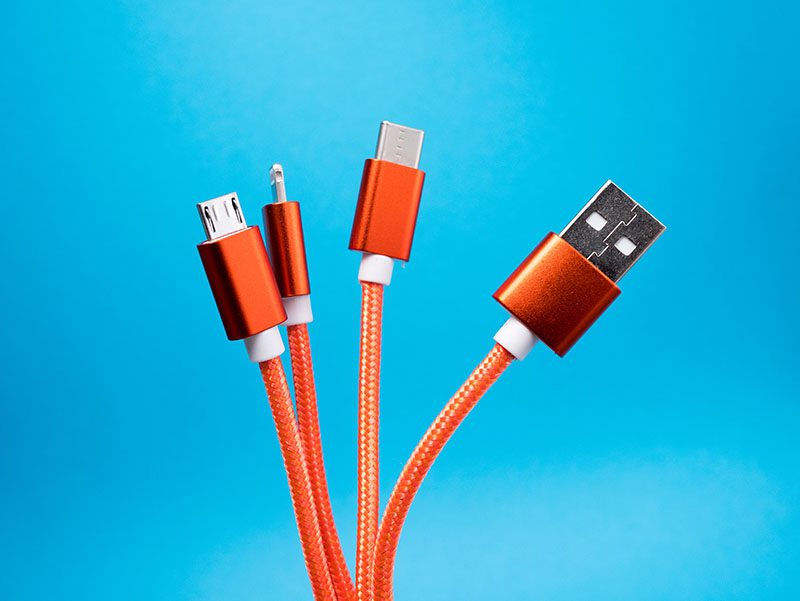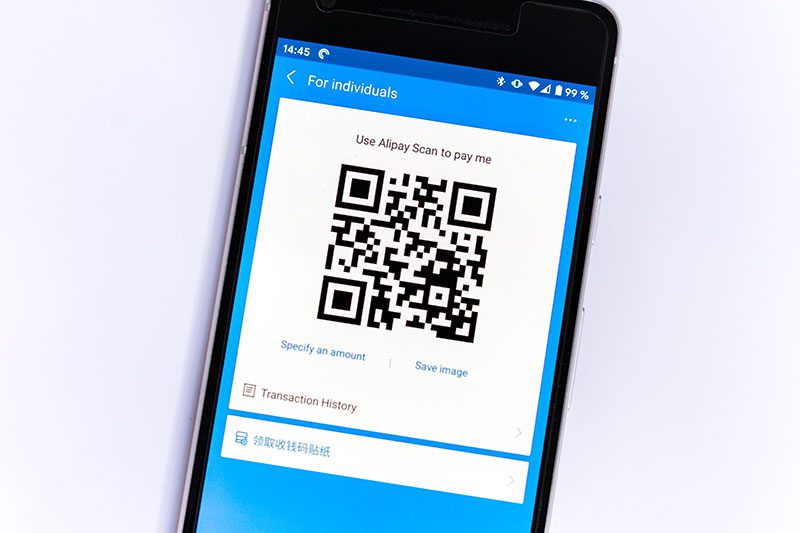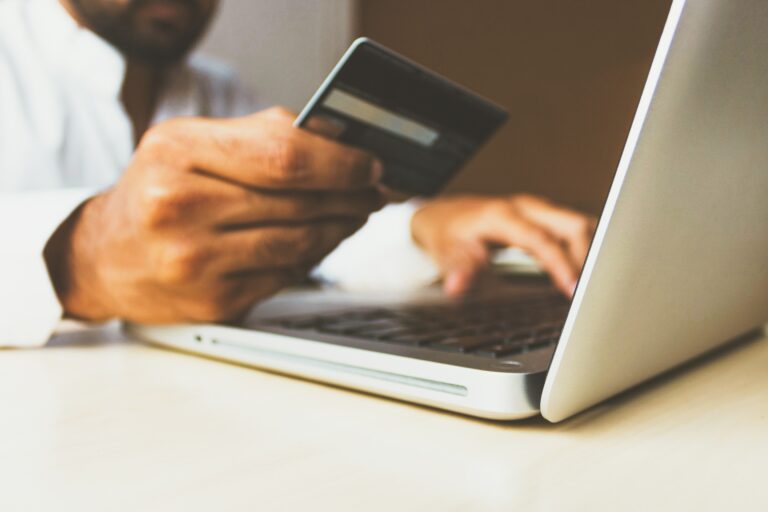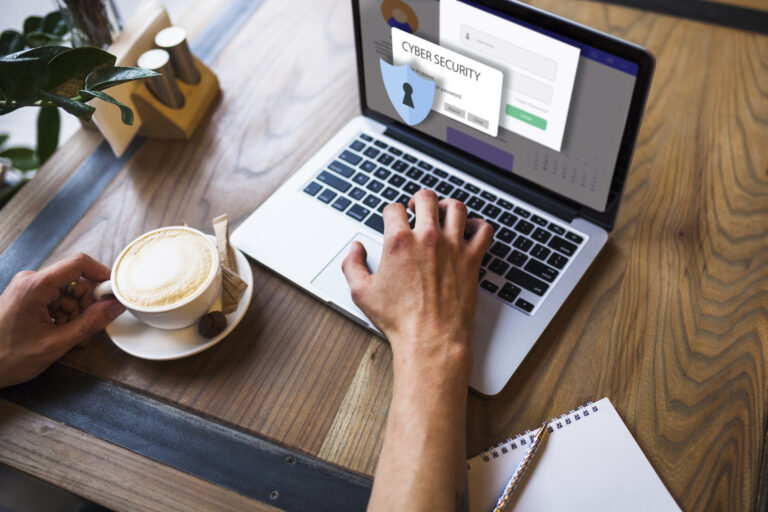You’re probably becoming used to hearing about data breaches at some of the largest companies in the world. This is due to the rapid evolution of new threats being developed each day to obtain user data from businesses. These threats are quite costly as well. According to the IBM Data Breach Report from this year, the average costs of a data breach has increased 2.6% from just last year. With the increasing reliance of business on the internet, it has become easier for hackers to obtain sensitive business information. Hackers monetize this information by selling it or by simply using the data for other purposes, such as identify theft. In short, hackers are incentivized by your business data’s value. Given how much easier obtaining this data has become over the years, your business must also become more creative in protecting itself against these threats.
What steps can your business take to protect itself against data breaches? First, you must be aware that there is a threat. Second, you’ll need to take the necessary steps to protect your business data. Third, you must determine if your data has been compromised at any point, either currently, or at some point in the past.
This article will focus on some of the threats that you’ll need to be aware of to better protect your business.
These threats are not widely known, but are quite dangerous
While many businesses are focused on more common threats, the following list highlights emergent threats that have begun to materialize more recently:
Juice jacking

If you have any sort of mobile device, you’re familiar with charging stations to power your device in a pinch while traveling. Juice jacking involves a malicious actor installing malware on public charging stations. The malware will infect any device plugged into the charging station with the goal of obtaining access to your data loaded on your device. With any emergent technology, you should expect that cyberattacks will be developed along with it.
These types of attacks require proactive measures as the public becomes more comfortable using public charging stations to charge their devices while traveling. While mobile phones are being charged more often, any device connected to the public charging stations are at risk (e.g. laptops, tablets, etc.).
If you’re in a situation where you’re required to use a public charging station, then a few precautions are in order:
- Use only stations that you’re familiar with, where possible
- Obtain a USB data blocker explicitly for this purpose
- Ensure that your device is set to charging mode, rather than data transfer mode when you plug in
Malware-loaded apps

As the number of smartphone users have increased, so have the number of mobile apps available for those devices. While the majority of available apps for download are safe, some malicious apps have been found in both Google and Apple’s app stores. While these providers do all they can to ensure that only valid apps are made available, some bad actors do get through.
The purpose of these malicious apps is usually to infect your device with malware. Once infected, your personal data, files, and device operating system are at risk. In some instances, the loaded malware will even give hackers the ability to remotely overtake your device.
What are the best ways to protect yourself? The most surefire way to avoid becoming a cyberattack victim is to carefully review any app prior to loading it to your mobile device. Even if you’re loading it from the App Store or Google Play, you’ll want to check reviews and ratings, downloading only apps from trusted developers.
Malicious QR codes

QR codes have become commonplace since the pandemic in 2020. While they are convenient for quickly reaching a desired destination on the web, they can also present security risks. If a QR code is malicious, it can be used to access your device and data.
Fortunately, there are tools to protect yourself from this type of attack. There are a number or reputable QR code scanners that will check for malicious content prior to opening the expected page. Also, look carefully at where your QR codes are being offered. Is it an advertiser that you trust, or is it randomly placed on documents that you’re not familiar with or haven’t requested?
Public Wi-Fi without using a VPN (Virtual Private Network)

When public Wi-Fi is offered, it always adds peace of mind. Just be aware that it can also carry risk to your device data. The use of virtual private networks (VPN) allows you to connect to public Wi-Fi but hides your device’s assigned IP address. This makes it more difficult for a hacker to pinpoint your device and gain access to it.
By leveraging a VPN, hackers aren’t technically sharing that same network as you on the public Wi-Fi. This is because your traffic is being routed through an outside network that is used to connect to the public Wi-Fi. This makes VPN technology a must-have if you find that you prefer to use free internet to conduct your daily activities. While the best deterrence is to avoid public Wi-Fi altogether, a VPN can improve your security profile in these instances.
Work with Digiboost to neutralize these cyberthreats
If you’re not able to focus sufficient resources to addressing cyberthreats in your business, consider working with Digiboost. Digiboost can assist your business with addressing your IT security needs related to cybersecurity, data compliance, and much more.
Digiboost can also assist you with preparing your employees on how to address cyberthreats by providing security awareness training. Your employees benefit by learning how to deal with topics such as password protection best practices, phishing, as well as other types of cyberattack risks.
To learn more about Digiboost’s security awareness training, download our eBook here.







